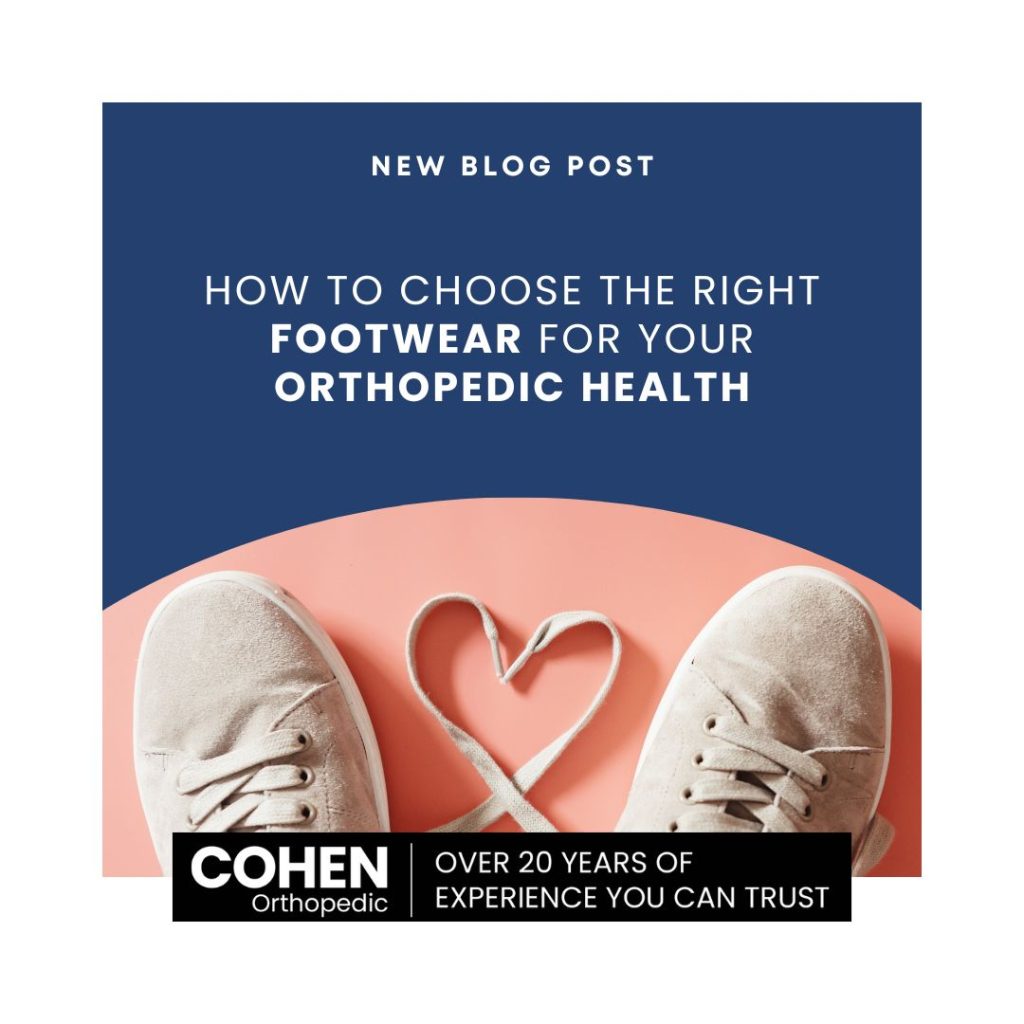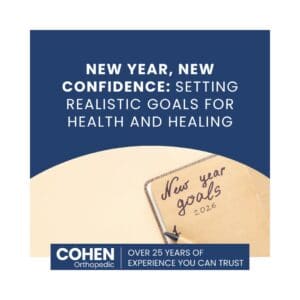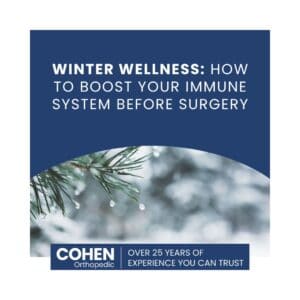How to Choose the Right Footwear for Orthopedic Health

Foot health plays a crucial role in overall well-being, yet many people overlook the importance of wearing proper footwear. Choosing the right shoes can not only enhance comfort but also prevent or alleviate common orthopedic issues such as foot pain, plantar fasciitis, and arthritis. Whether you’re on your feet all day, dealing with a specific foot condition, or simply aiming to improve your foot health, the right pair of shoes can make a world of difference.
Here’s a guide to help you choose the right footwear for optimal orthopedic health:
1. Know Your Foot Type
The first step in selecting orthopedic-friendly footwear is understanding your foot type. People typically fall into one of three categories:
- Flat Feet (Overpronation): If your feet tend to roll inward when you walk or stand, you may have flat feet. In this case, look for shoes with motion control features and firm arch support to reduce the strain on your muscles and ligaments.
- High Arches (Under pronation): If your feet have a higher arch and don’t make full contact with the ground, you may be under pronating. Choose shoes with ample cushioning and flexibility to absorb shock and reduce the pressure on your heels and toes.
- Neutral Arch: If your foot has a natural arch that is neither too flat nor too high, you have a neutral foot. Many shoes will work for you but look for ones that provide sufficient support and cushioning for added comfort.
Knowing your foot type is essential to selecting footwear that offers the right amount of support and comfort.
2. Arch Support is Key
Proper arch support is critical for preventing a variety of foot-related orthopedic issues. Shoes with the right arch support will distribute weight evenly across your feet, reducing strain on your knees, hips, and back. Poor arch support can lead to problems like plantar fasciitis or tendinitis, so ensure your shoes have the necessary arch support for your foot type.
Orthopedic shoes often come with built-in arch support or have removable insoles that can be replaced with custom orthotics for personalized support.
3. Cushioning for Comfort
Cushioning is essential for absorbing shock and reducing impact on your joints. If you’re on your feet all day or have a foot condition like arthritis, opt for shoes with adequate cushioning. Look for shoes with memory foam insoles or cushioning materials like EVA (Ethylene Vinyl Acetate) or gel inserts. These materials provide additional comfort and can help alleviate pressure on painful areas.
4. Heel Height Matters
The height of the heel plays a significant role in maintaining proper foot and body alignment. Avoid shoes with excessively high heels, as they can throw off your posture and lead to problems such as knee pain, back pain, and foot discomfort. If you need some heel height, look for shoes with a low or moderate heel (1-2 inches) that provide stability and help distribute weight evenly.
Also, look for shoes with a broad, stable base to ensure better support and reduce the risk of falls.
5. Proper Fit is Crucial
One of the most important aspects of orthopedic footwear is getting the right fit. Ill-fitting shoes can cause blisters, bunions, calluses, and even long-term issues like hammer toes and joint pain. Be sure to measure both feet before buying shoes, as many people have one foot slightly larger than the other.
When trying on shoes, make sure there is about a half inch of space between your longest toe and the end of the shoe. Also, check that the shoes provide a snug fit around the heel to prevent slipping.
6. Consider Your Activity Level
The type of activity you plan to do will influence the kind of footwear you need. If you spend most of your day standing, walking, or exercising, consider footwear designed for those activities. For example:
- Walking Shoes: Look for lightweight shoes with good arch support, cushioning, and a flexible sole to provide comfort during long walks.
- Running Shoes: These should offer extra cushioning, shock absorption, and stability to protect your joints from high-impact movements.
- Dress Shoes: If you need to wear dress shoes for work or special occasions, seek out orthopedic-friendly options that combine style with support, such as shoes with a wide toe box, low heels, and cushioned insoles.
Choosing shoes designed for specific activities will help you prevent injuries and maintain orthopedic health.
7. Toe Box Space
A wide and roomy toe box is essential for orthopedic health. Shoes that are too narrow or tight around the toes can lead to conditions like bunions, hammertoes, and nerve pain. Look for shoes that provide plenty of space in the toe area to allow your toes to move freely and comfortably.
8. Material and Breathability
Shoes made from breathable materials, such as mesh or leather, allow air to circulate around your feet and help keep them dry. This can prevent fungal infections like athlete’s foot and reduce the risk of blisters. Additionally, choose shoes with moisture-wicking linings to keep your feet comfortable throughout the day.
9. Consult with a Podiatrist
If you have specific foot concerns or a pre-existing foot condition, it’s always a good idea to consult with a podiatrist or orthopedic specialist. They can recommend custom orthotics or shoes tailored to your unique needs. Many podiatrists also provide shoe-fitting services to ensure you’re getting the best footwear for your health.
10. Don’t Forget Regular Foot Care
In addition to wearing the right footwear, regular foot care is essential for maintaining orthopedic health. Keep your feet clean and moisturized, trim your toenails properly, and check for any changes in your feet that could indicate a problem, such as swelling, redness, or sores.
Conclusion
Choosing the right footwear for orthopedic health is about more than just comfort—it’s about supporting the structure of your feet and body as a whole. Whether you’re dealing with a foot condition or simply want to prevent future problems, investing in proper footwear can have a lasting impact on your overall health and quality of life.
By considering factors like arch support, cushioning, fit, and activity level, you can make informed decisions that protect your feet and joints for years to come. Your feet are the foundation of your body—treat them well with the right shoes, and they’ll keep you moving forward!










